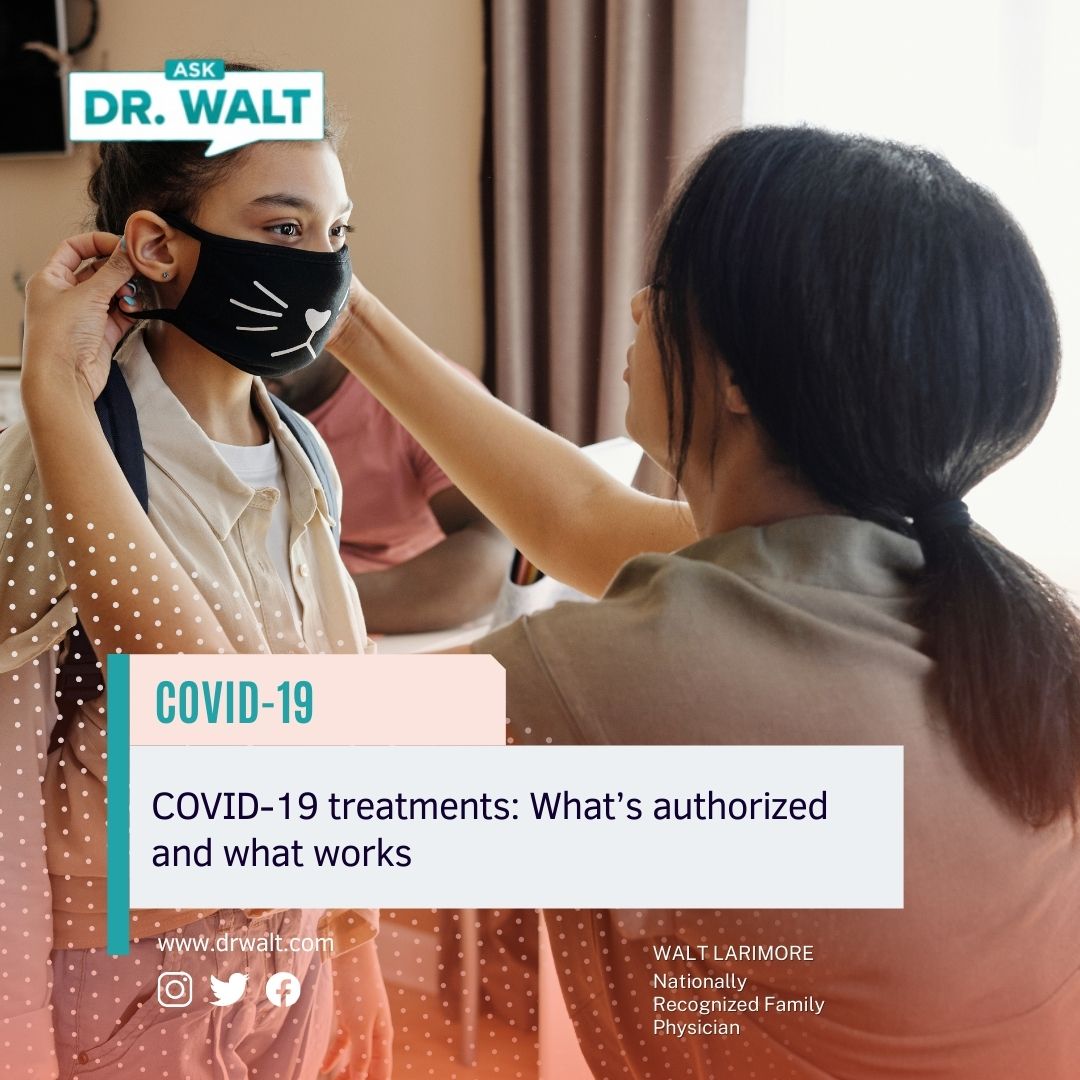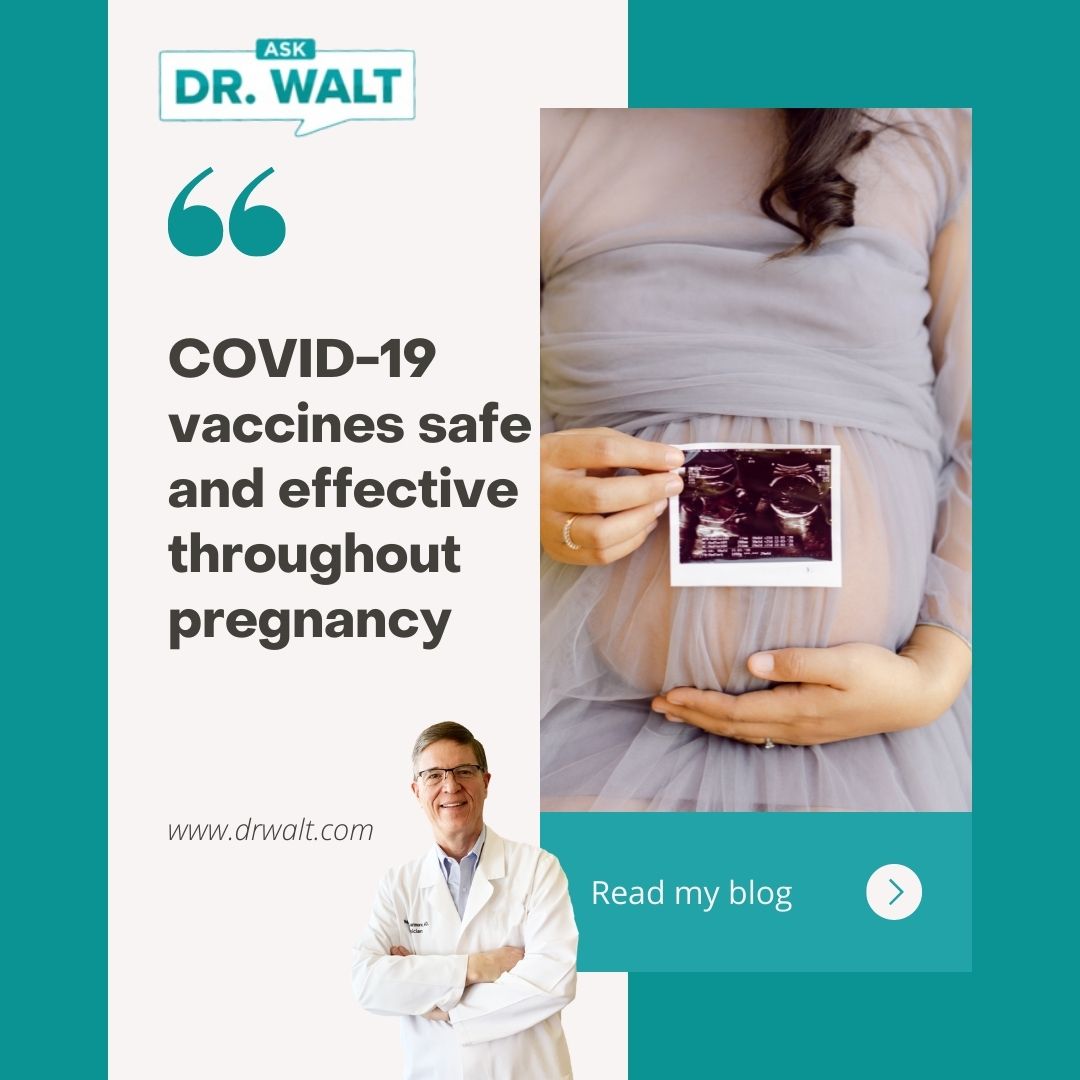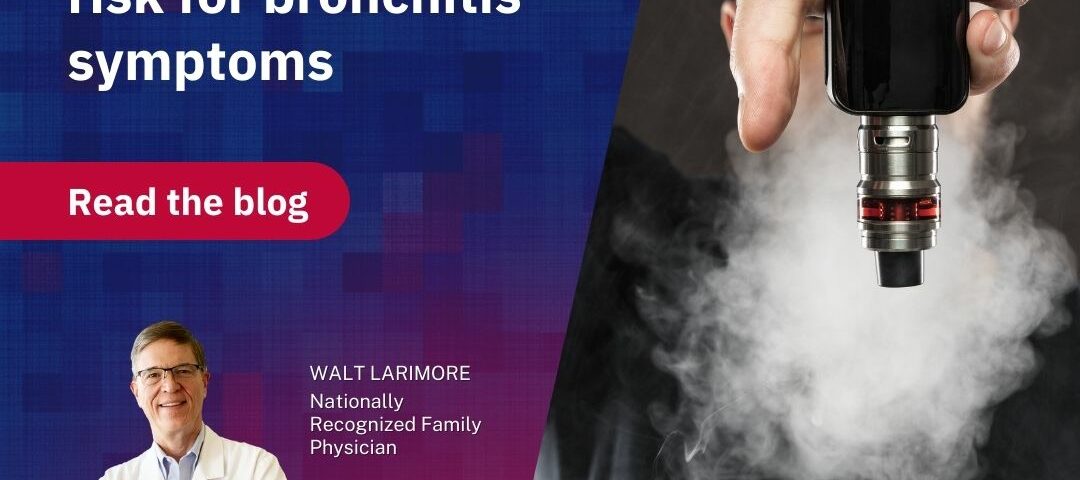
COVID-19 treatments: What’s authorized and what works
January 19, 2022
COVID-19 vaccines safe and effective throughout pregnancy
January 21, 2022Young adults and adolescents are becoming more aware of the many risks of vaping nicotine or marijuana. A new study has found that being around others who are vaping — and thus being exposed to “secondhand vaping fumes” increases a young adults’ risk for bronchitis symptoms and shortness of breath.
HealthDay reports on a study showing that secondhand nicotine vape exposure increased the “risk of bronchitis symptoms by 40% and shortness of breath by 53%” among young adults.”
Furthermore, those who do not vape or smoke “were three times more likely to develop bronchitis symptoms and twice as likely to develop wheeze or shortness of breath, the researchers found.
“Those people are really suffering much more,” said lead researcher Dr. Talat Islam. He is an assistant professor of research population and public health sciences at the University of Southern California in Los Angeles. “The effect of secondhand exposure to vape was much bigger” among people who never vape or smoke.
HealthDay points out, “The health effects from secondhand vapor are similar in magnitude to those associated with secondhand smoking, and should prompt more U.S. locales to ban vaping in public places, Islam and his colleagues concluded.”
“Sixteen states and the District of Columbia have added e-cigarettes to their indoor clean air laws, according to the American Lung Association. Overall, 28 states have passed comprehensive indoor clean air laws.”
This study adds to mounting evidence that e-cigarettes are not as safe as people have been told, said Dr. Laura Crotty Alexander, section chief of pulmonary critical care medicine with the VA San Diego Healthcare System. “Some people still believe that vape contains water-based aerosols, and there’s no water in there at all. It’s pure chemicals, some very similar to antifreeze,” said Alexander, who co-wrote an editorial accompanying the study.
“Typically, about 50 to 100 chemicals are found in these e-cigarette aerosols, and your lungs don’t like it,” she continued. “It’s not healthy for your lungs. It damages the lungs and causes disease.”
The findings of the 2,100-young adult study were published in Thorax.
© Copyright WLL, INC. 2022. This blog provides healthcare tips and advice that you can trust about a wide variety of general health information only and is not intended to be a substitute for professional medical advice, diagnosis, or treatment from your regular physician. If you are concerned about your health, take what you learn from this blog and meet with your personal doctor to discuss your concerns.



